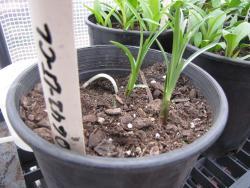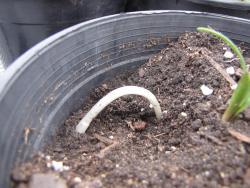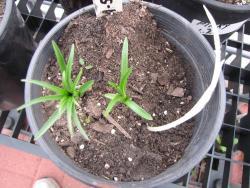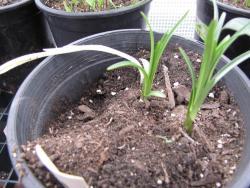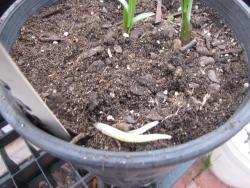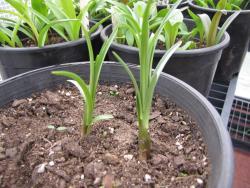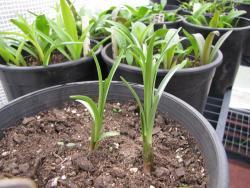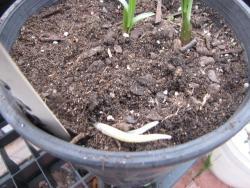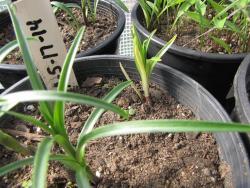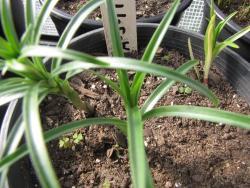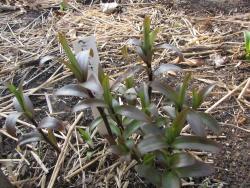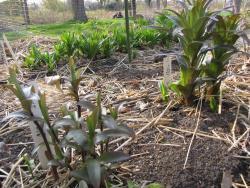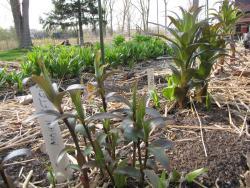3pete---have you tried twin scaling? My dad would do that with certain Asiatics and end up with lots of tiny bulblets, about 100 or more per bulb, some as small as a BB pellet and still survive. Bulblet size becomes a survivability factor, however, when it comes to large scaled lilies like Div. VI, Trumpets and Div. VIII, Oriental Trumpets and especially tetraploids. In those cases, your goal should be to obtain a few large bulblets over many small ones. They must be a certain size in order to make it through the first winter. But with certain Asiatics, even the tiniest will most likely survive.
So, if our goal is to obtain survivable bulblet size, we must therefore, use sample scales large enough with enough energy to produce them. Most scales on the inner 1/2 of the bulb are simply not large enough and are best left on the core to allow the mother bulb to grow on. Sample size is relevant in tissue culture of tetraploids also, where larger pieces are needed to grow the extra size characteristic with tetraploids.
I think this thread is centered around the average backyard gardener where wedging, twin scaling, slice and dice, and tissue culture are impractical and the old fashion way of scale cloning is more appropriate. Fear of failure is a factor to overcome with many who would like to try but are afraid to. For those, old fashioned scale cloning is the best, reliable approach. It's one I use often as a hybridizer, as saving the parent bulbs is paramount.
Thanks for sharing and posting the link to an interesting article. I think 77'F is a little high for incubation. And dusting the scales---I'd rather premix the captan into the soil media than dust the scales directly ( although, I do it both ways ).
